 |
Building Upward: Resuscitation of Anaphylactic Shock Part 3—Scenario 2 |
1.00 |
In this second of three scenarios, we discuss the transport decisions that should be considered when dealing with the potential of a medical illness and a traumatic injury. Vanessa and Medical Director Dr. Jeremy Cushman discuss a patient who has a motorcycle accident that was caused by a beesting. This exciting discussion will effectuate a review of the minimum competencies of medical and trauma care at the EMT level. Final Exam: Please read each question carefully. You will have two attempts to gain a 70% or higher on this exam. If you are not successful in two attempts, you are welcome to take the course again to gain the certification. |
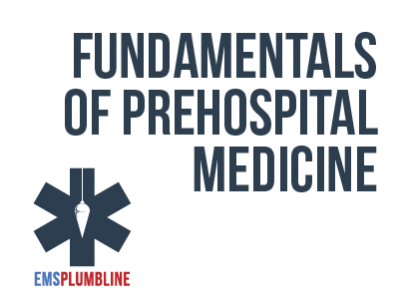 |
Building Upward: Resuscitation of Anaphylactic Shock Part 2—Scenario 1 |
1.00 |
The second part of this series is the first of three scenarios. All three scenarios are designed to review complicated situations that BLS providers may be asked to navigate. This scenario has us consider the care of an anaphylactic patient in the setting of a pregnancy. Paramedic student Vanessa Petote does an excellent job of interviewing Dr. Jeremy Cushman. Final Exam: Please read each question carefully. You will have two attempts to gain a 70% or higher on this exam. If you are not successful in two attempts, you are welcome to take the course again to gain the certification. |
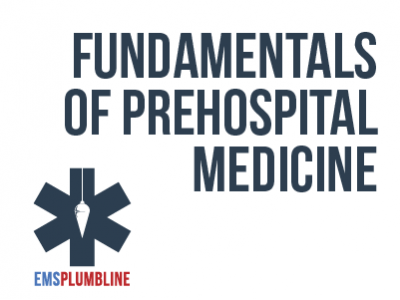 |
Building Upward: Resuscitation of Anaphylactic Shock Part 4—Scenario 3 |
1.00 |
This scenario involves a patient with special needs who has developed angioedema. Paramedic student Vanessa Petote and Medical Director Dr. Jeremy Cushman speak about the care that a special needs patient must receive, as well as the specific challenges that accompany a patient with a potentially unstable airway. Final Exam: Please read each question carefully. You will have two attempts to gain a 70% or higher on this exam. If you are not successful in two attempts, you are welcome to take the course again to gain the certification. |
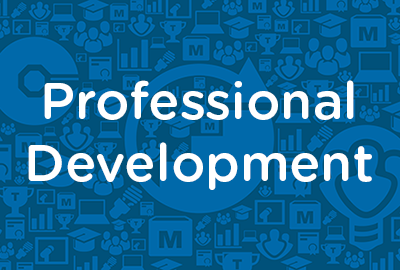 |
Interviewing Skills: Fundamentals Of Interviews (Instructor Guide) |
1.00 |
An interview is a planned, focused conversation that provides an employer with information needed to evaluate a candidate’s ability and motivation to perform a job successfully. In addition, interviews enable you to analyze an individual’s potential fit with an organization. To select the right candidate, you need to have a range of interviewing skills.
In this course you will learn to: discuss the benefits of interviewing skills and identify the various types of interviews, and define the success factors for a position and identify the steps involved in writing and finalizing those success factors.
This Instructor's Edition of this course includes notes and suggestions to assist you in presenting the material, whether in an in-person classroom setting, or as an instructor-led online or distance-learning course. It also provides you with the answers to questions found in mid-lesson activities, as well as in the quiz that concludes the course. |
 |
CWNP Certified Wireless Technician CWT-101 Exam Prep |
1.00 |
Exam Prep to accompany 30 Bird's CWNP Certified Wireless Technician - Exam CWT-101 course. |
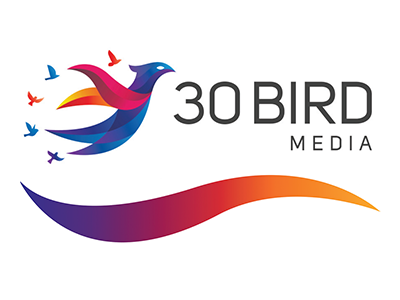 |
Microsoft Windows 11 |
8.00 |
30 Bird Media's Microsoft Windows 11 course provides the basic knowledge needed to use and perform basic configuration of a computer running Windows 11; this includes basic operating system features, using and installing apps, managing files and common external devices, using network connections and applications, configuring system settings, and personalizing Windows environment and privacy features.
You will benefit most from this course if you are the primary user of a Windows 11 computer and wish to become proficient with its features, but are not yet a power user or computer technician.
This course assumes you are familiar with using a keyboard and mouse, accessing the internet with a web browser, and other basic aspects of using a modern computer. It does not assume you have used earlier editions of Windows or other specific operating systems, or that you have owned or managed a computer before. |
 |
Ketorolac in Prehospital Medicine |
0.65 |
This module is designed to introduce Ketorolac (Toradol) to providers in the MLREMS region as an optional addition to the formulary. |
 |
Sepsis - What's new in caring for these patients? |
0.75 |
A comprehensive update provided for an intended audience of prehospital care providers. This update introduces new definitions for sepsis and septic shock, reviews sepsis epidemiology, pathophysiology, disease morbidity and mortality, and prehospital treatments. |
 |
Chest Pain - Beyond MONA |
1.00 |
A review of atypical etiologies for chest pain, provided for an intended audience of prehospital care providers. This course refreshes physiology and pathophysiology for various cardiac and non-cardiac causes of chest pain, including definitions, disease morbidity and mortality, and prehospital treatments.
This training is primarily designed to assist paramedic providers as they care for patients in the prehospital environment |
 |
Differentiating Dyspnea |
1.00 |
|
 |
ALS Airway Response - Part One |
1.00 |
This conversation with Dr. Christopher Galton turns into a lesson that any paramedic (no matter what their background) will find beneficial in their attempt(s) to improve their Airway Skills. Dr. Galton, leads this discussion by bringing together his experiences in the pre-hospital arena, the emergency department, the ICU, the operating room, and beyond. Pull out a pen and paper and get ready to write down talking points that you will undoubtedly debate with fellow paramedics. You have two attempts to gain a 70% or higher on the exam. Take your time and good luck! |
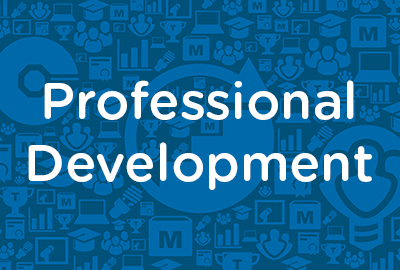 |
Interviewing Skills: EEO Guidelines (Instructor Guide) |
0.50 |
The Equal Employment Opportunity Commission (EEOC) administers and enforces Title VII, which prohibits discrimination in employment on the basis of race, color, religion, sex (including gender identity, sexual orientation, and pregnancy), national origin, age (40 or older), disability, or genetic information. Other federal, state, and municipal laws also prohibit discrimination on these, and other, bases.
In this course you will learn to: list the provisions, general principles, and key terms of EEO, and identify appropriate and inappropriate interview questions, including those that are not permissible according to the law.
This Instructor's Edition of this course includes notes and suggestions to assist you in presenting the material, whether in an in-person classroom setting, or as an instructor-led online or distance-learning course. It also provides you with the answers to questions found in mid-lesson activities, as well as in the quiz that concludes the course. |
 |
CWNP Certified Wireless Specialist CWS-101 Exam Prep |
1.00 |
Exam Prep to accompany 30 Bird's CWNP Certified Wireless Specialist - Exam CWS-101 course. |
 |
Correcting Performance Problems: Disciplining Employees (Instructor Guide) |
1.67 |
Discipline is proactive, as opposed to punishment, which is reactive. Punishment provides a consequence to an action that is deemed unacceptable, whereas discipline is designed to exchange undesirable behavior for satisfactory behavior.
The purpose of disciplining an employee is twofold:
1. To correct or eliminate undesirable behavior, and
2. To provide training that improves or strengthens performance.
In this course you will learn to: keep a disciplinary perspective, determine the cause for disciplining an employee, and prepare for conducting a disciplinary meeting, maintain a positive rapport, avoid pitfalls during a disciplinary meeting with employees, and keep meetings productive, and monitor employee performance and conduct a follow-up meeting with the employee.
This Instructor's Edition of this course includes notes and suggestions to assist you in presenting the material, whether in an in-person classroom setting, or as an instructor-led online or distance-learning course. It also provides you with the answers to questions found in mid-lesson activities, as well as in the quiz that concludes the course. |
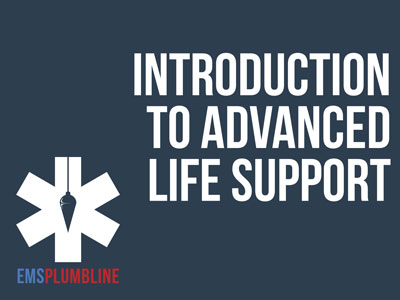 |
2019 Collaborative Advanced Life Support Adult and Pediatric Treatment Protocols |
3.00 |
The protocol changes that are listed in this lesson were developed by a committee of your ALS peers and Medical Directors from around NYS. A great deal of thought went into this project, and we would like to give you a little insight into how we came to this point. Dr. Jeremy Cushman has been involved in drafting EMS protocols for nearly two decades. His experience with the NYS Collaborative Protocol Projects will certainly lead to discussion within your coworkers.
Final Exam: These ten questions are NOT meant to summarize the entire set of protocols. Please take your time and answer carefully. These questions will spark further discussion and lead to improved care within your region. An 80% or higher is required to obtain a passing score. You have two attempts to gain this score. |
 |
2021 Quarter 1: COVID-19 Quality Care Updated |
1.00 |
Providers in Western NYS have learned a great deal about treating patients that suffer from COVID-19 infections. This session was recorded in January 2021. Paramedic Shawna Rizzi does a fantastic job of interviewing Dr. Christopher Galton. Dr. Galton draws on his experience as a paramedic, EMS medical director, intensivist, and anesthesiologist to summarize the changes that every paramedic should know.
Final Exam: This multiple-choice exam is designed to test your knowledge of the material you just reviewed. You have two attempts to gain an 80% or higher on this exam. Please take your time and answer each question carefully. |
 |
Odds & Endo: Part 1 |
1.50 |
Most entry-level providers agree that the topic of endocrinology is intimidating. We spend a good amount of time learning about diabetes mellitus, which is the most pervasive endocrine-related dysfunction that we see in the prehospital setting. We asked Dr. Jeremy Cushman to bring us to the next step. He does not discuss all of the disease states that the endocrinology world has to offer, but we do get a very good overview of some of the more common emergencies. We think you will enjoy his delivery and learning about one of the most misunderstood topics that we encounter at a basic level. Final Exam: This multiple-choice exam is designed to test your knowledge of the material you just reviewed. You have two attempts to gain an 80% or higher on this exam. Please take your time and answer each question carefully. |
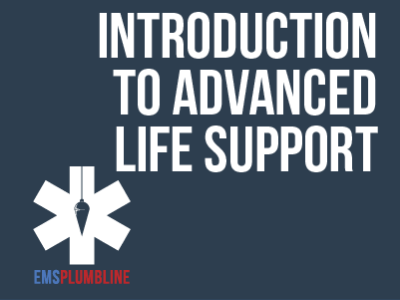 |
Constructing: Airway Essentials—Part 7 |
0.50 |
Every paramedic has ideas on what is needed to obtain a good view while instrumenting the airway. If this lesson does not create an educated discussion on the topic, nothing will. Take the opportunity to imagine yourself in the classroom and identify what you would do.Final Exam: This multiple choice exam is designed to test your knowledge of the material you just reviewed. You have two attempts to gain an 80% or higher on this exam. Please take your time and answer each question carefully. |
 |
Constructing: Airway Essentials—Part 1 |
0.50 |
We think that you will appreciate the opportunity to review the essential aspects of Airway Assessment and Management with one of the most dedicated paramedics that you can find: Chris Galton. As a Transplant Anesthesiologist and a Paramedic, Galton has spent countless hours learning to assess and maintain some of the most difficult patient airways out there. Instead of going to bed after staying up all night on a liver transplant case, Galton showed some paramedic-style grit and shared some knowledge with Rachel and Rich (two experienced paramedics). The cameras were rolling and you will want to see what they spoke about. |
 |
Correcting Performance Problems: Providing Feedback To Employees (Instructor Guide) |
0.84 |
By addressing employees who have performance problems, you can help them make positive changes, encourage career advancement, and promote personal and professional growth. Addressing an employee involves providing the feedback necessary to improve performance.
In this course you will learn to: prepare to conduct a feedback session in which you encourage communication with the employee, and conduct a constructive feedback session with an employee who has a performance problem.
This Instructor's Edition of this course includes notes and suggestions to assist you in presenting the material, whether in an in-person classroom setting, or as an instructor-led online or distance-learning course. It also provides you with the answers to questions found in mid-lesson activities, as well as in the quiz that concludes the course. |
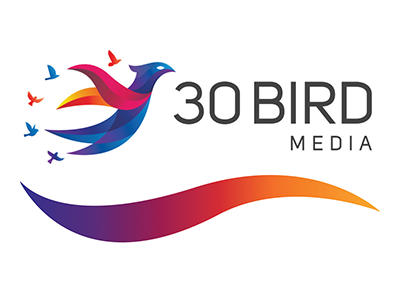 |
Microsoft Project 2021/365 Complete |
16.00 |
30 Bird Media's Microsoft Project 2021/365 Complete courseware covers the concepts and skills needed for maximum productivity in Project, starting with fundamentals and working up to advanced tools and techniques.
There are no specific prerequisites for this course. However, general computer user knowledge is assumed. Any additional experience having worked with forms and/or databases will be helpful.
You will benefit most from this course if you have at least some prior knowledge of project management procedures and practices. It is intended to support you in applying this knowledge through the use of Microsoft Project as a project management tool. |
 |
Animal Behavior 3: Experimenter, Observer, and Sampling Bias |
1.00 |
This course will give an overview of different types of bias that can impact a study on animal behavior. Information contained in this course will help ensure observers are aware of how experimenter, observer, and sampling bias can impact data collection and analysis, and of precautions to consider and take before starting a study. |
 |
Sepsis for Paramedics, Part 3—Conclusions to Consider |
1.00 |
In this final segment, Paramedic Hoskins does an excellent job of closing the discussion. The two medical directors are encouraged to give advice and you will want to hear what they have to say. Final Exam: This multiple choice exam is designed to test your knowledge of the material you just reviewed. You have two attempts to gain an 80% or higher on this exam. Please take your time and answer each question carefully. |
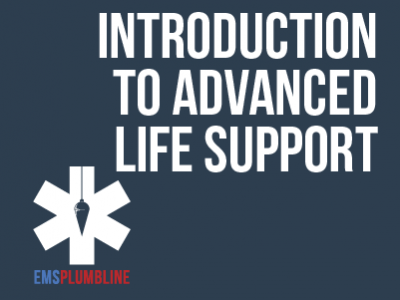 |
Constructing: Sepsis for Paramedics, Part 2—Fluid Resuscitation |
1.00 |
If you think caring for sepsis patients is not an interesting topic, you might want to think again. Medical Directors Jeremy Cushman and Christopher Galton, give Paramedic Hoskins a passionate description of proper patient care. Fluids are important and this is why. Final Exam: This multiple choice exam is designed to test your knowledge of the material you just reviewed. You have two attempts to gain an 80% or higher on this exam. Please take your time and answer each question carefully. |
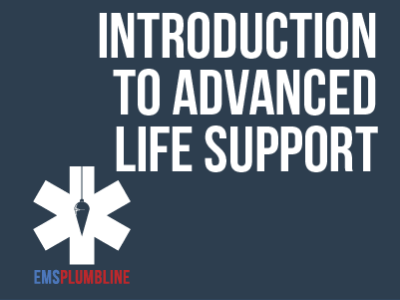 |
Constructing: Airway Essentials—Part 2 |
0.50 |
Most paramedics will remember walking around town during their original paramedic school and deciding which patients would be a "tough tube." If that describes you when you first started, you will appreciate this brief review. Dr. Christopher Galton takes the time to takes the time to give a memorable examples of the mnemonics LEMON and BONES, which prove to be a fantastic teaching tools. We think you will enjoy the illustrations that allow you to remember these important evaluations. Final Exam: This multiple choice exam is designed to test your knowledge of the material you just reviewed. You have two attempts to gain an 80% or higher on this exam. Please take your time and answer each question carefully.
|


























